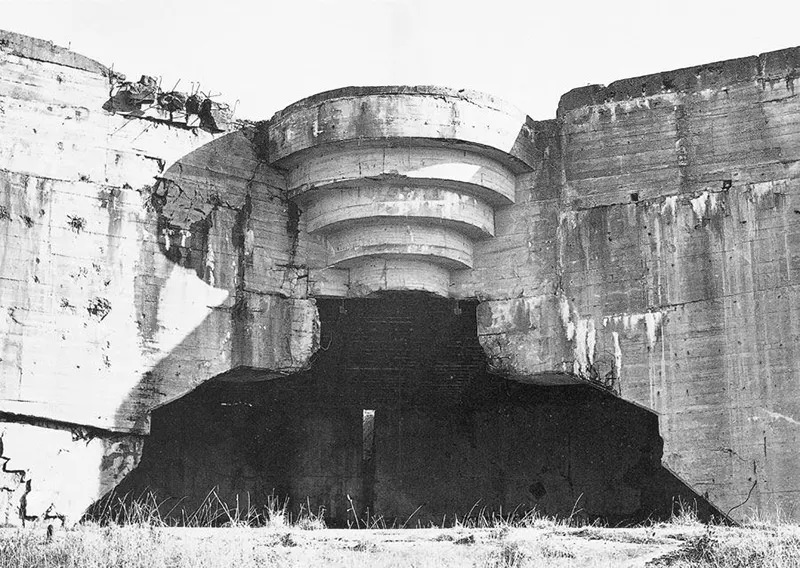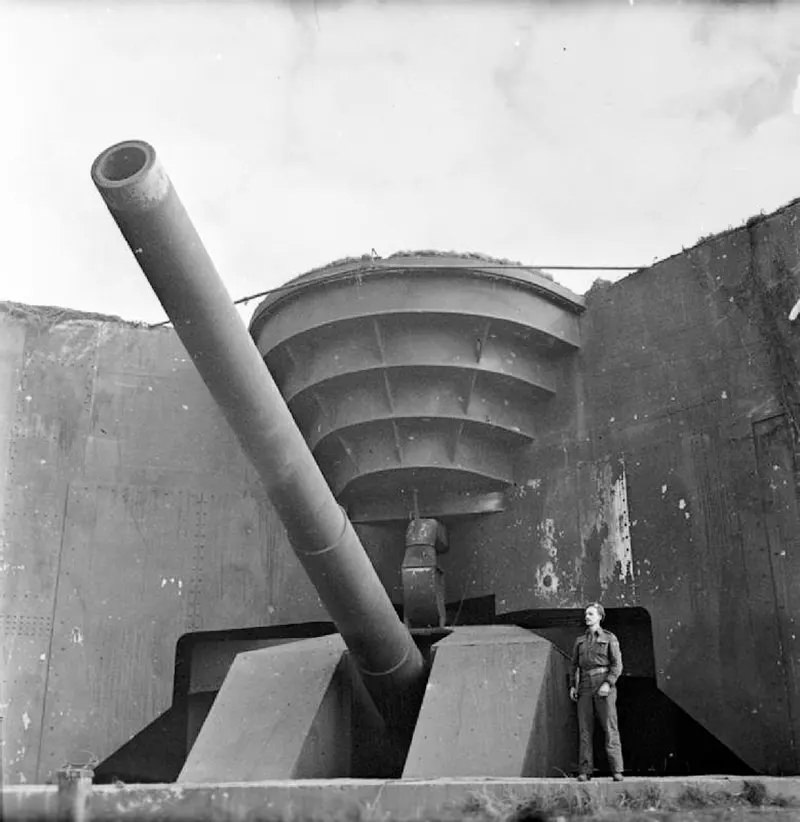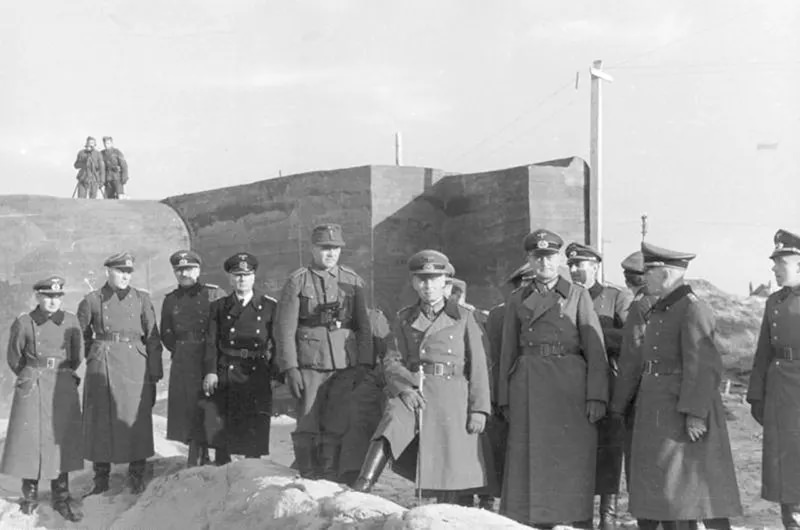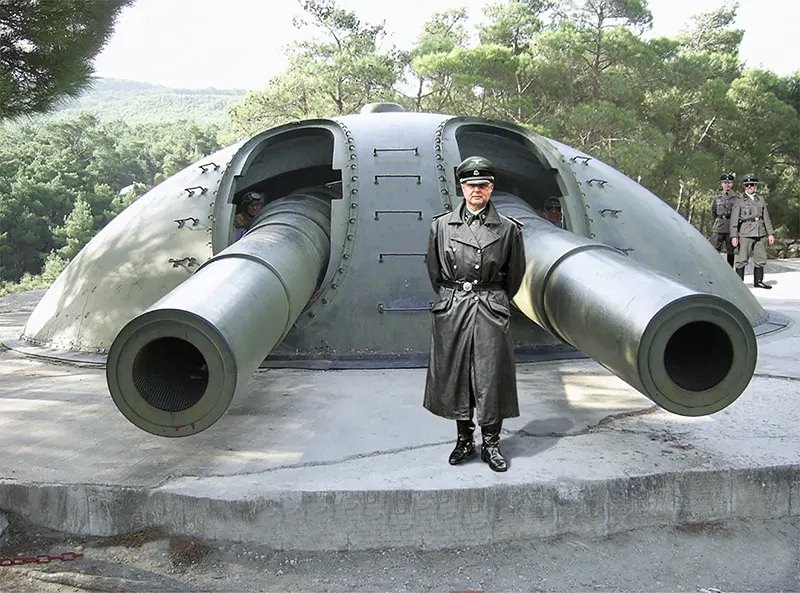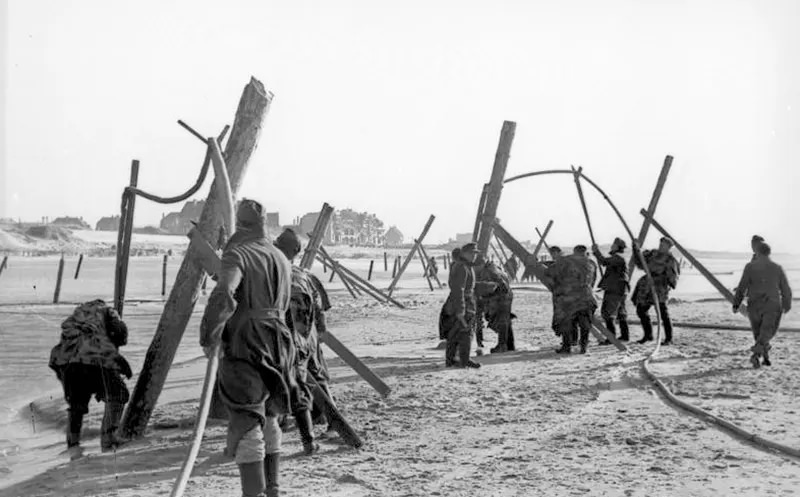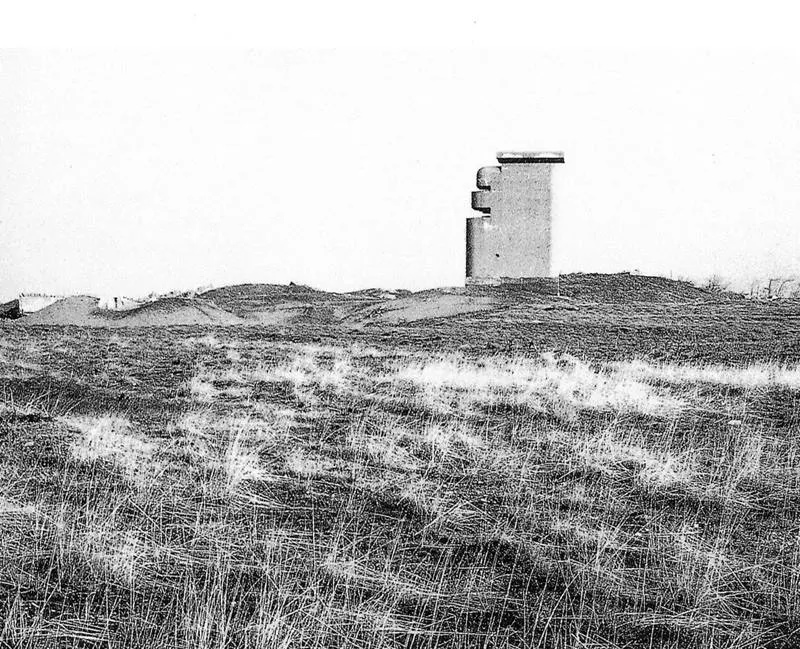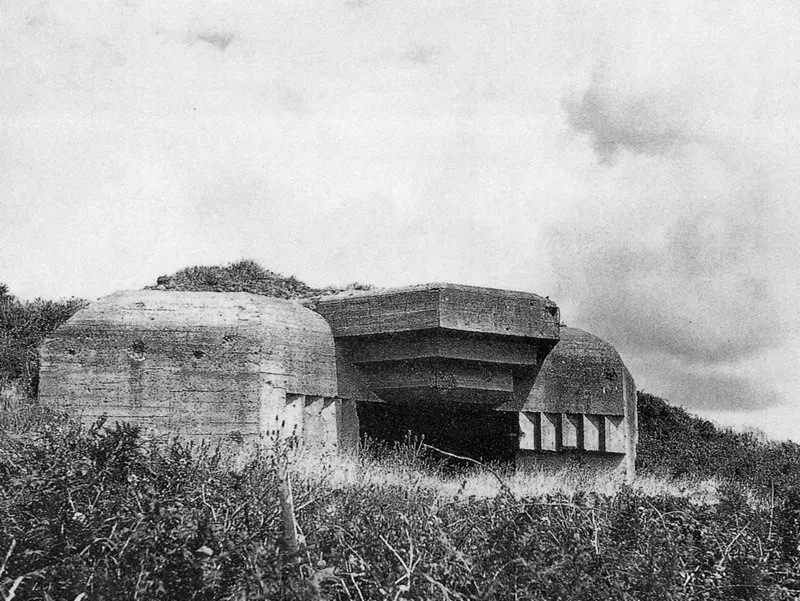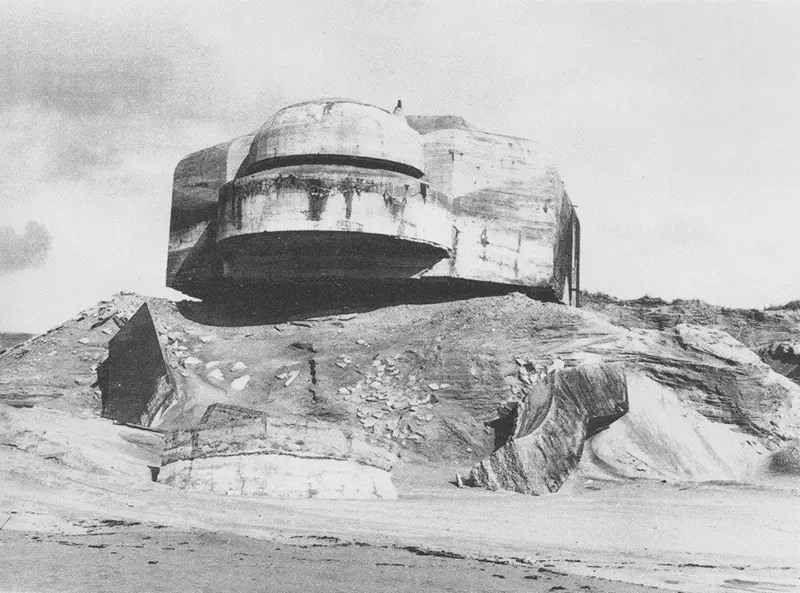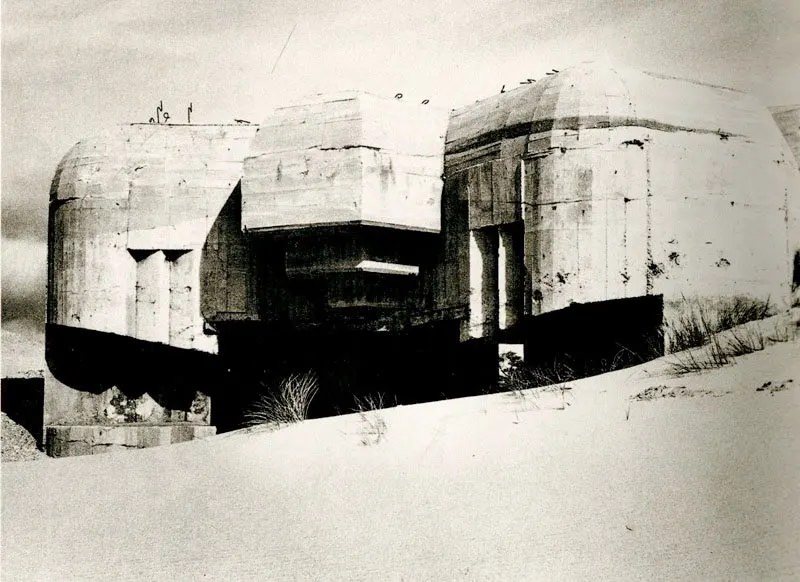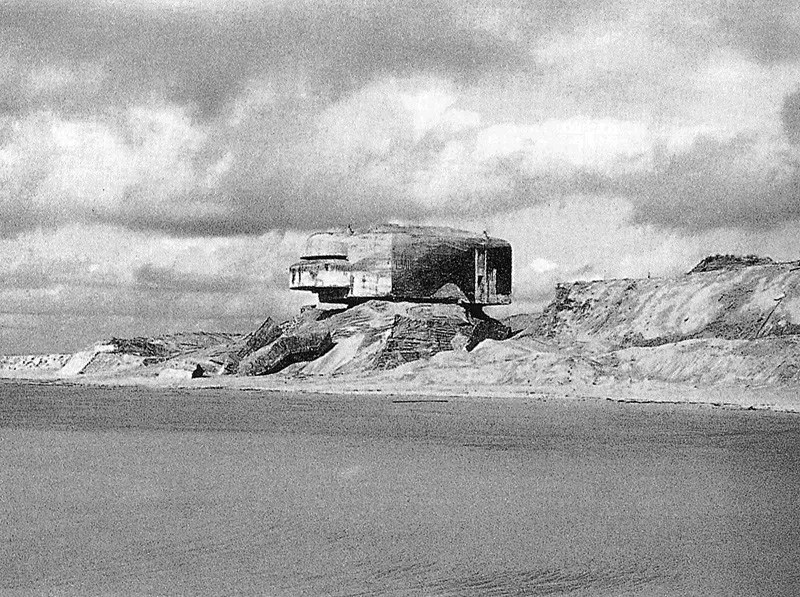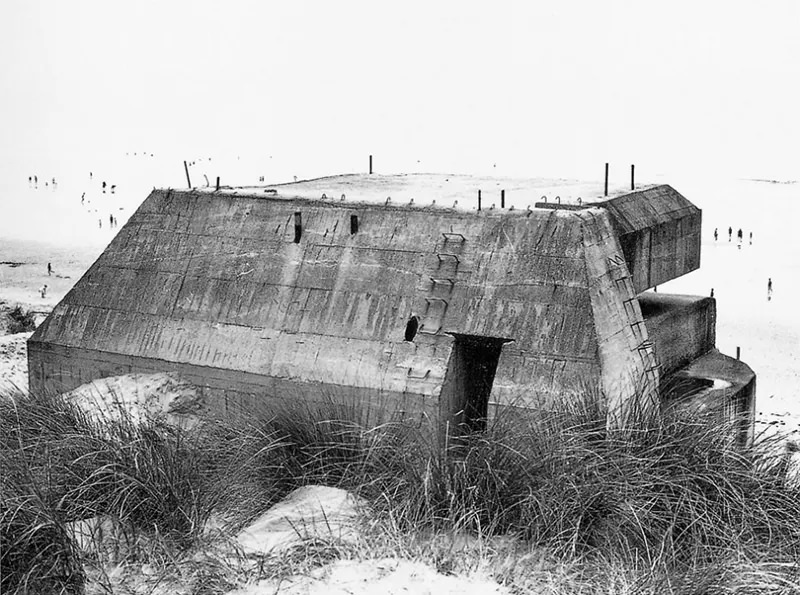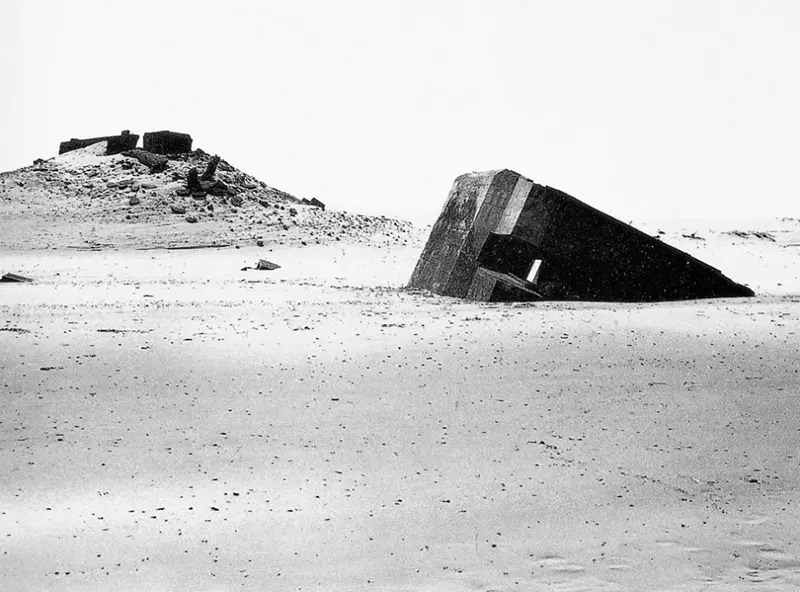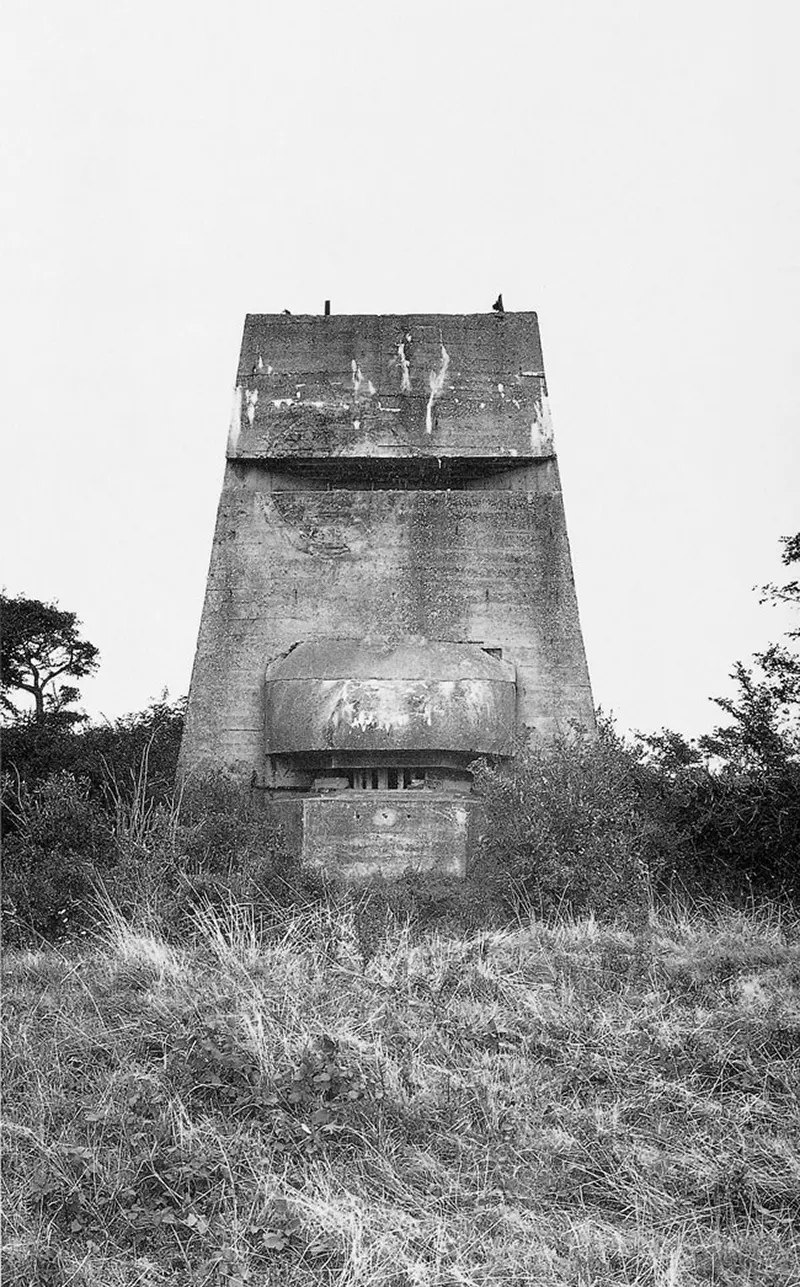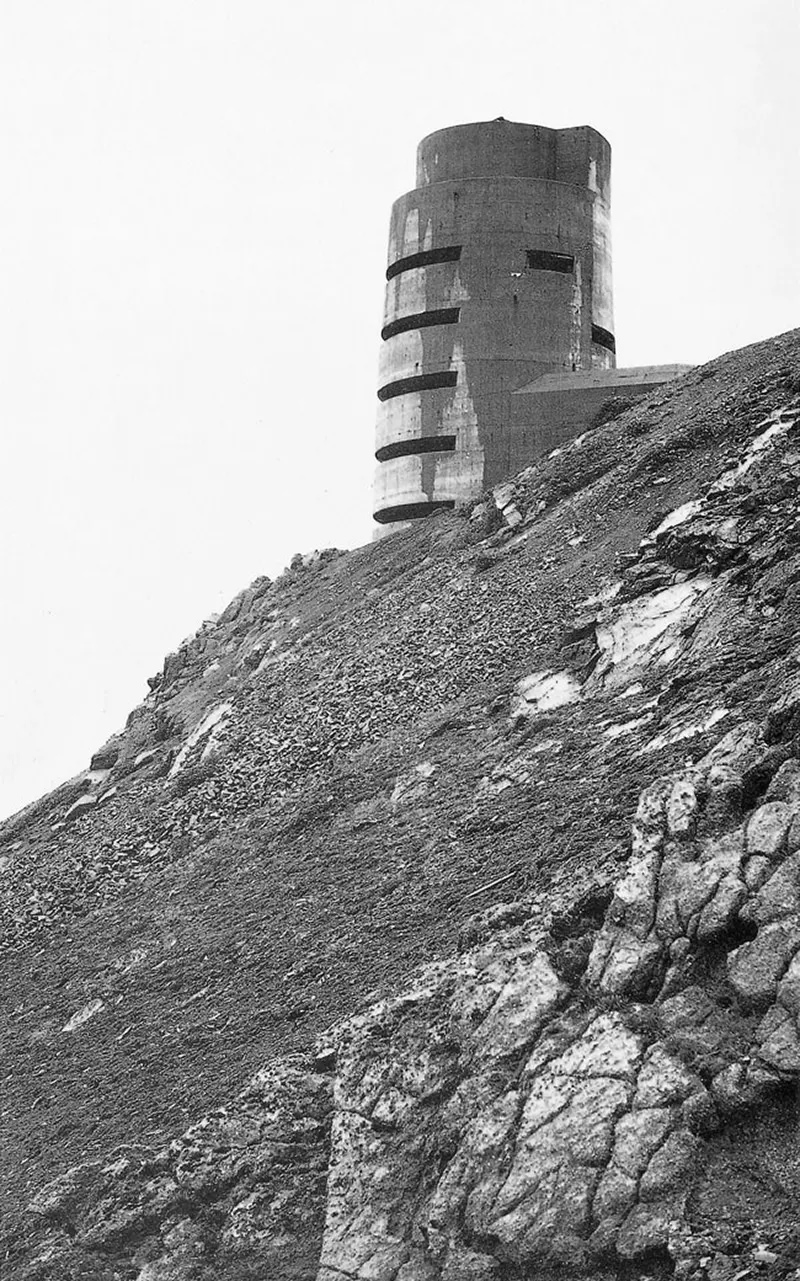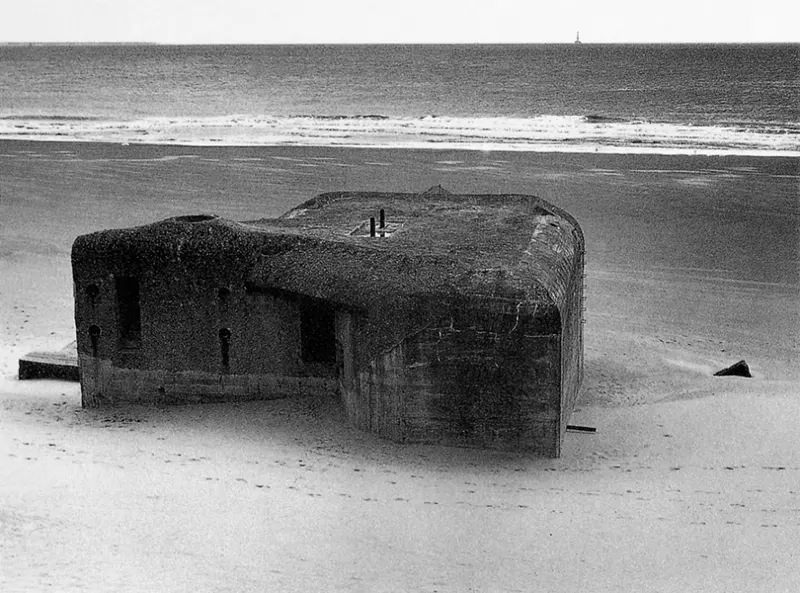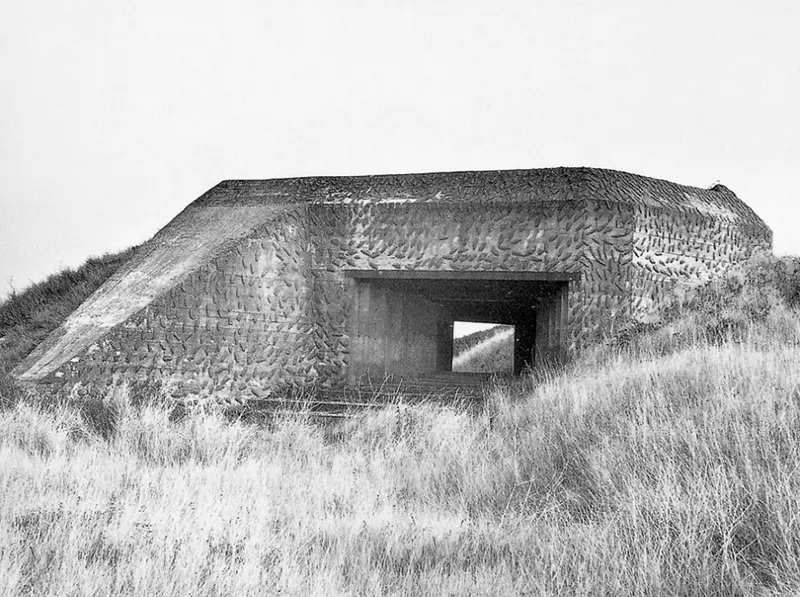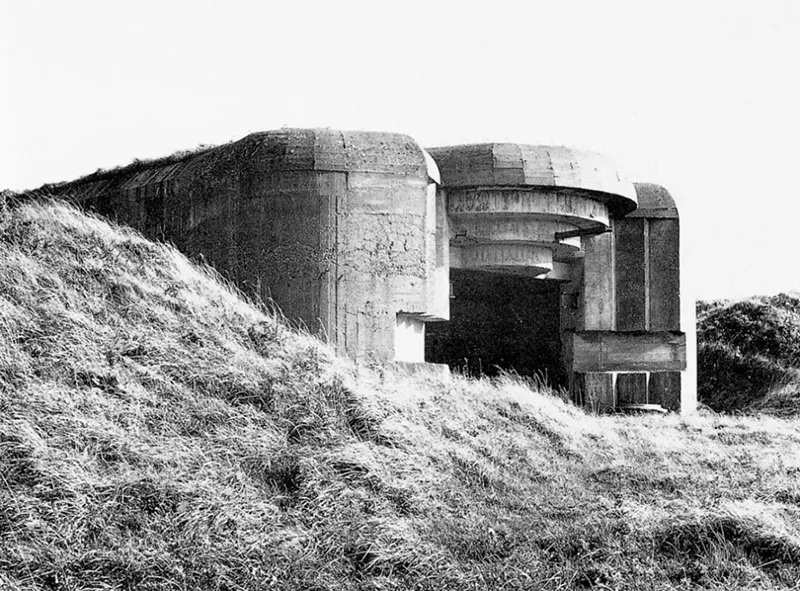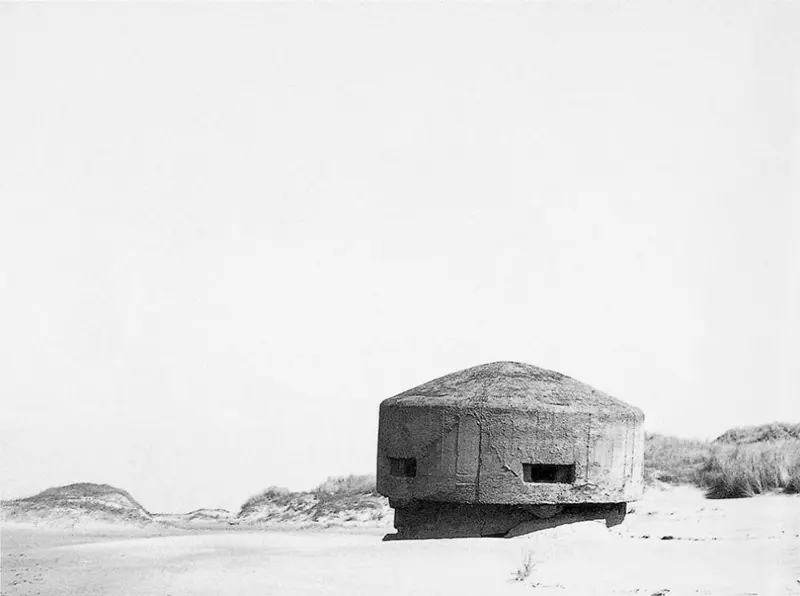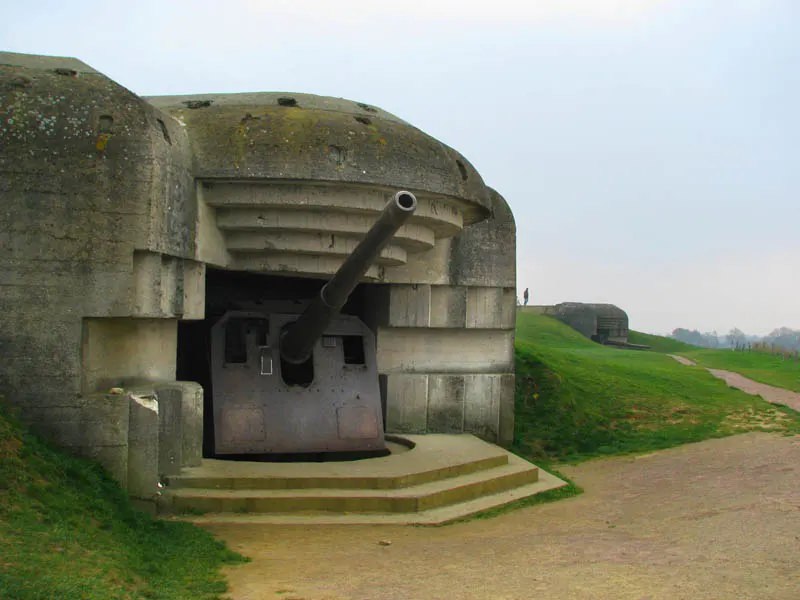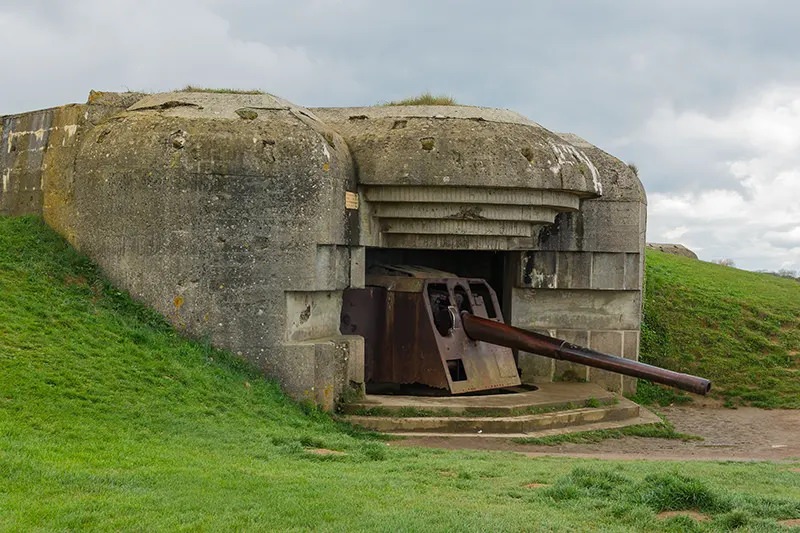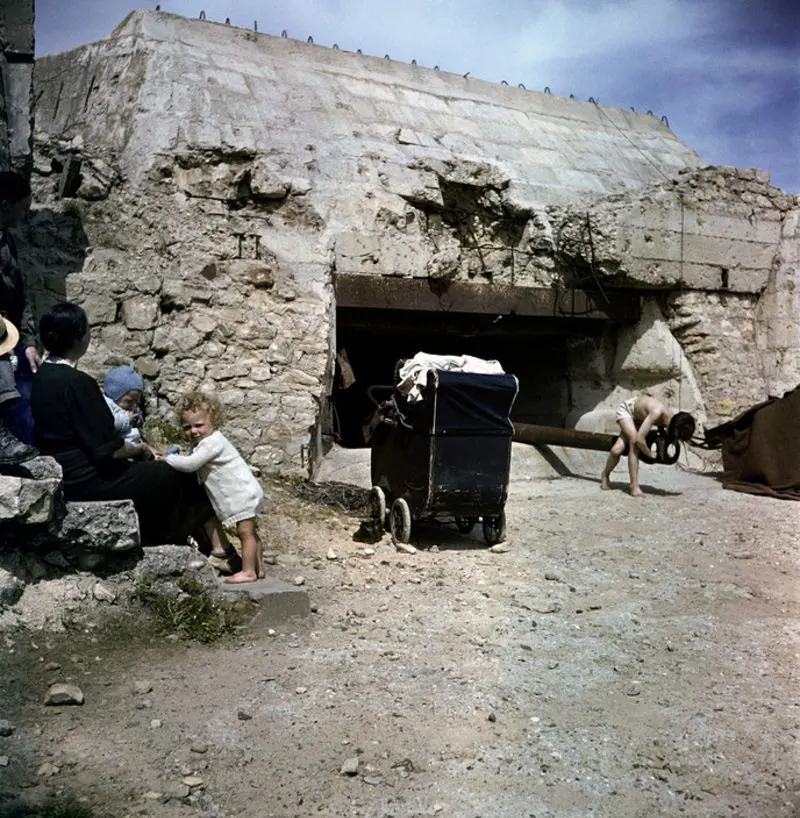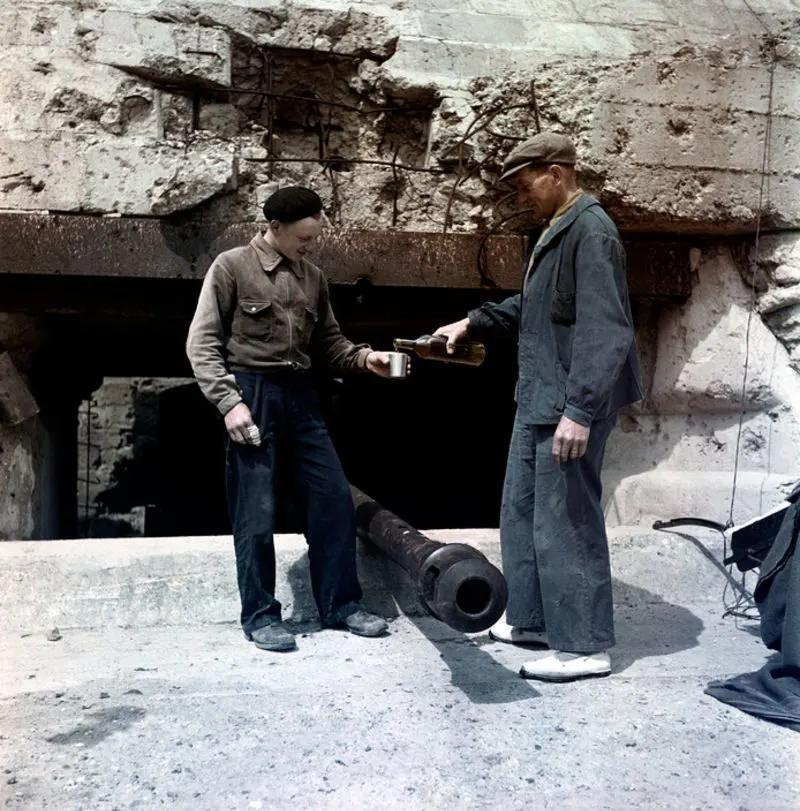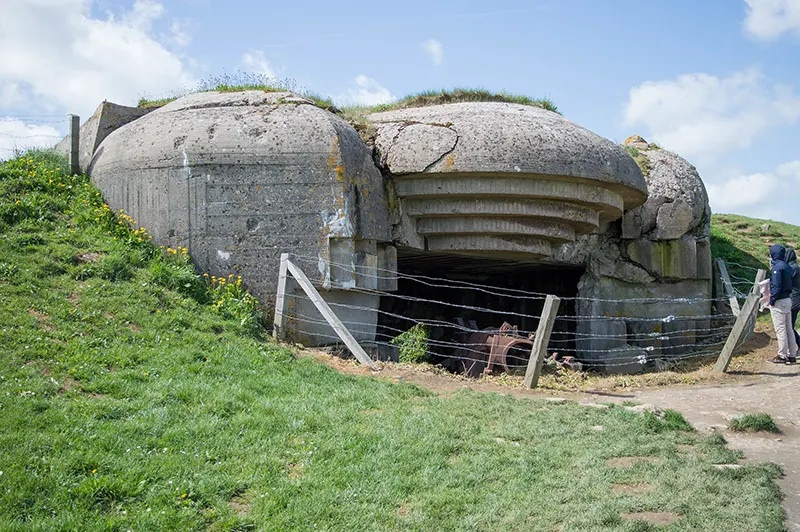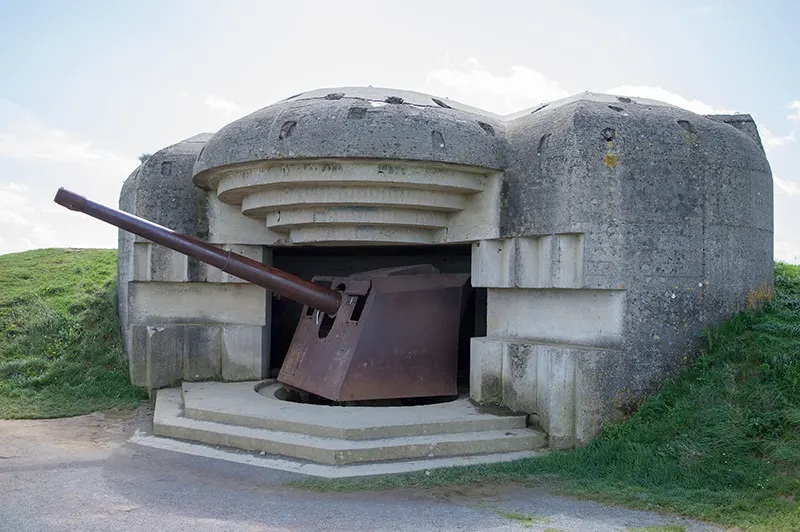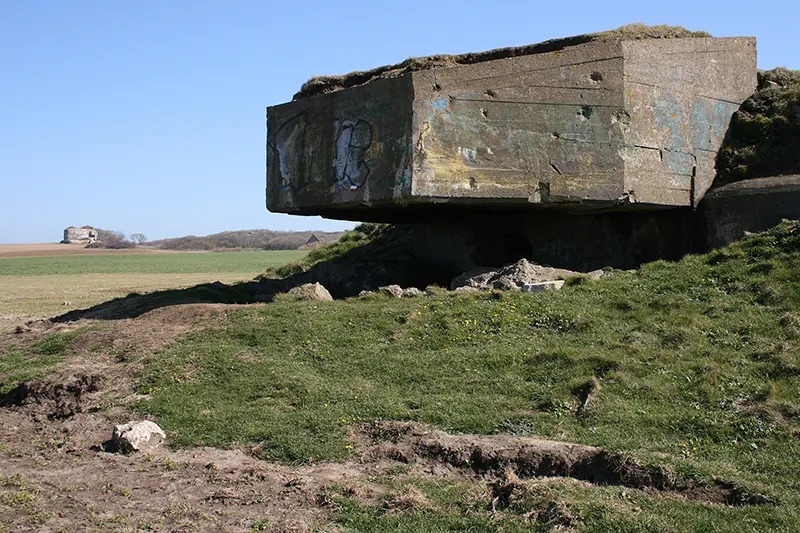The Atlantic Wall was a system of coastal fortifications built by Nazi Germany along continental Europe and Scandinavia coast to defend against an anticipated Allied invasion of Nazi-occupied Europe during World War II. The fortifications stretched from the Spanish border in the south to the Norwegian border in the north and included bunkers, artillery batteries, and other defensive structures. The wall was intended to make an amphibious invasion of occupied Europe as difficult and costly as possible for the Allies.
The construction of the Atlantic Wall began in 1942 and continued until 1944. The fortifications were built using forced labor, including prisoners of war and conscripted civilians. The German Army and the SS manned the wall. Some of the most heavily fortified sections of the Atlantic Wall were located in Norway, Denmark, the Netherlands, Belgium, and France. These sections included large bunkers, concrete pillboxes, and artillery batteries that were designed to repel a sea-borne invasion. The wall also included several anti-aircraft defenses, including radar-controlled anti-aircraft guns and searchlights. The German military also used mines, barbed wire, and other obstacles to hinder a potential invasion further.
The Atlantic Wall was not only a physical barrier but also a psychological one. It was intended to make the invading forces think that the wall was impregnable. The German Army and the SS handled the wall, which was well-trained and well-equipped.
However, the wall had several significant weaknesses. The Germans did not have enough troops to defend the entire length of the wall, and many sections were inadequately manned. Additionally, the wall was not designed to withstand a sustained bombardment, and the Germans did not have enough artillery to defend against an amphibious invasion effectively.
In the end, the Atlantic Wall failed to stop the Allied invasion on June 6, 1944, known as D-Day, when the Allies landed in Normandy and were able to establish a foothold on the continent. The wall had served to slow down the Allied advance, but ultimately, it did not achieve its intended purpose of preventing an invasion and liberation of occupied Europe.


